FORT MEADE, Md. — The Army Futures Command now officially has a shoulder sleeve insignia and distinctive unit insignia that its Soldiers will wear while they work toward modernizing the Army.
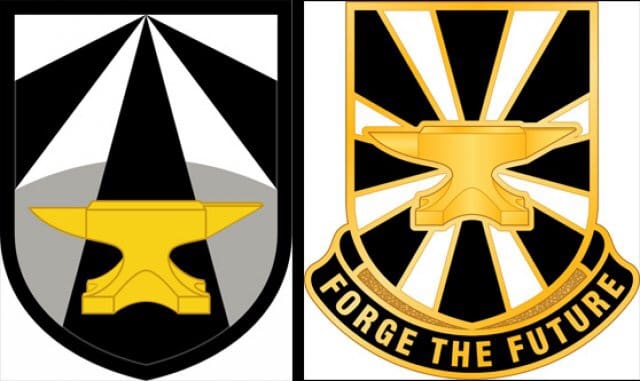
With a golden anvil as its main symbol, the shoulder patch and unit insignia are a nod to former Gen. Dwight D. Eisenhower’s personal coat of arms that used a blue-colored anvil.
The command’s motto “Forge the Future” is also displayed below the anvil on the unit insignia, while both the patch and unit insignia have black and white stripes stretching outward from the anvil.
“Symbols mean things just like words do,” said Robert Mages, the command’s acting historian. “It’s a reminder to the Soldiers that wear the patch of the mission that they’ve been assigned and of the responsibilities that come with that mission.”
A patch ceremony is expected to take place Friday during the transfer of authority of the Army Capabilities Integration Center, ARCIC, to the Army’s newest major command.
Since last year, the four-star command has been at the heart of the most significant Army reorganization effort since 1973.
In July, senior leaders picked Austin, Texas, for the AFC headquarters. Cross-Functional Teams were also stood up within the command to tackle the Army’s six modernization priorities: long-range precision fires, next-generation combat vehicle, future vertical lift, network, air and missile defense, and Soldier lethality.
The patch and unit insignia represent the command’s most recent move toward full operational capability, which is expected next summer.
Andrew Wilson, a heraldic artist at The Institute of Heraldry at Fort Belvoir, Virginia, worked with command leadership since last December to finalize the designs.
“This is something that is supposed to stand the test of time and just to play a part in it, it’s an honor,” he said.
The main piece — the anvil — is meant to represent fortitude, determination and perseverance. The black, white and gold resemble the colors of the U.S. Army.
Wilson said he got the idea for the anvil during a design meeting that mentioned the command’s new motto — Forge the Future.
Wilson, who once took a blacksmithing course in college, was immediately reminded of reshaping metals on an anvil.
“Taking away from the meeting, I tried to come up with something that would play off of that,” he said. “The first thing that popped in my head with ‘forge’ was blacksmithing and one of the key features of that is an anvil.”
Once he spoke of his idea, Charles Mugno, the institute’s director, then advised him to look at the anvil used in Eisenhower’s coat of arms.
“And from there the spark of creativity just took off,” Wilson said.
The Institute of Heraldry was also involved in the organizational identity of the Security Forces Assistance Brigades, one of which just completed its first deployment to Afghanistan.
“Whenever you have a new Army unit, you do end up doing a heraldic package of shoulder sleeve insignia, distinctive unit insignia and organizational colors,” Mugno said.
Heraldic conventions, he added, is a time-honored process that dates back to the 12th century.
With a staff of about 20 personnel, the institute also helps create the identity of other federal government agencies. Most notably is the presidential seal and coat of arms.
“We have a very unique mission,” Mugno said. “We all share a sense of honor and purpose in being able to design national symbolism for the entire federal government.”
Until the new patch was created, Soldiers in Army Futures Command wore a variety of patches on their sleeves. Those assigned to ARCIC, for instance, wore the Army Training and Doctrine Command patch and those in research laboratories had the Army Materiel Command patch.
Now, the golden anvil has forged them all together.
“It’s a symbol of unity — unity of effort, unity of command,” said Mages, the historian. “We no longer report to separate four-star commanders. We now report to one commander whose sole focus is the modernization of our Army.”
By Sean Kimmons, Army News Service


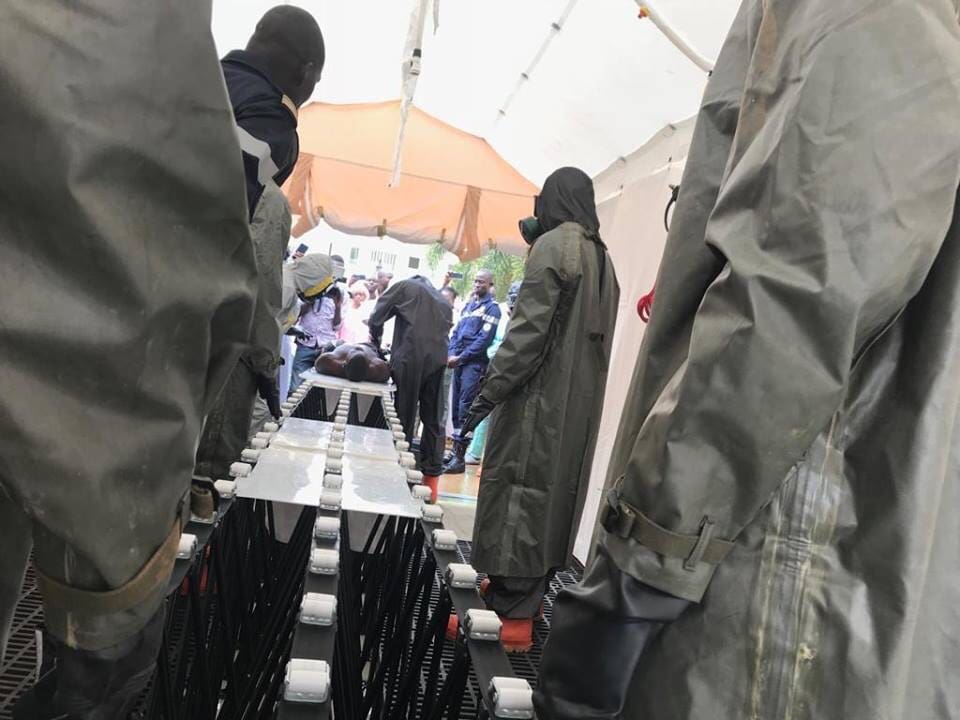
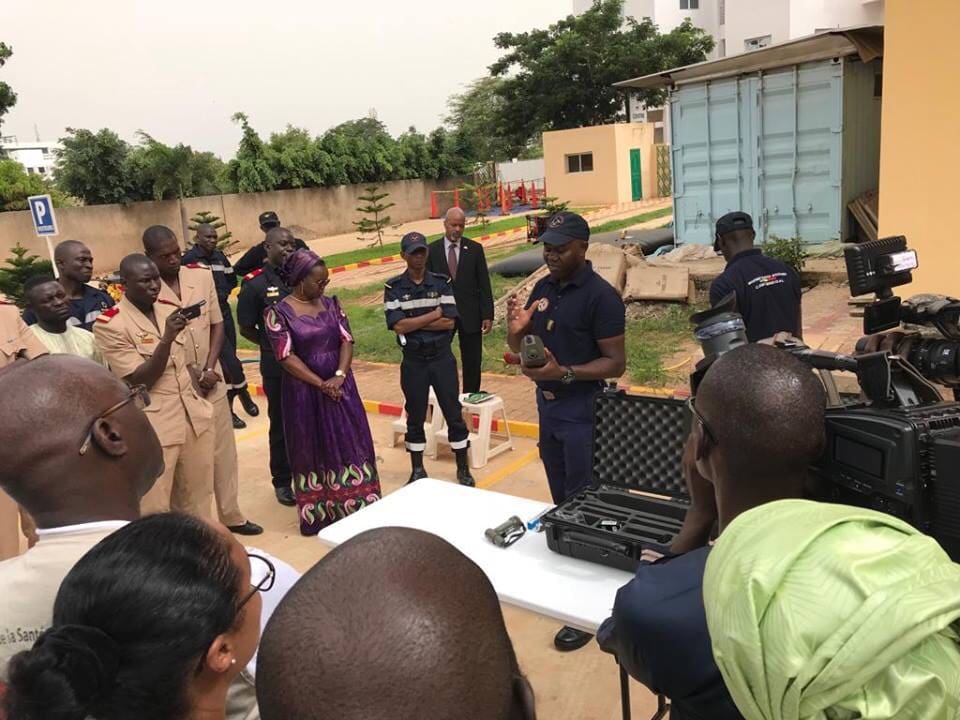
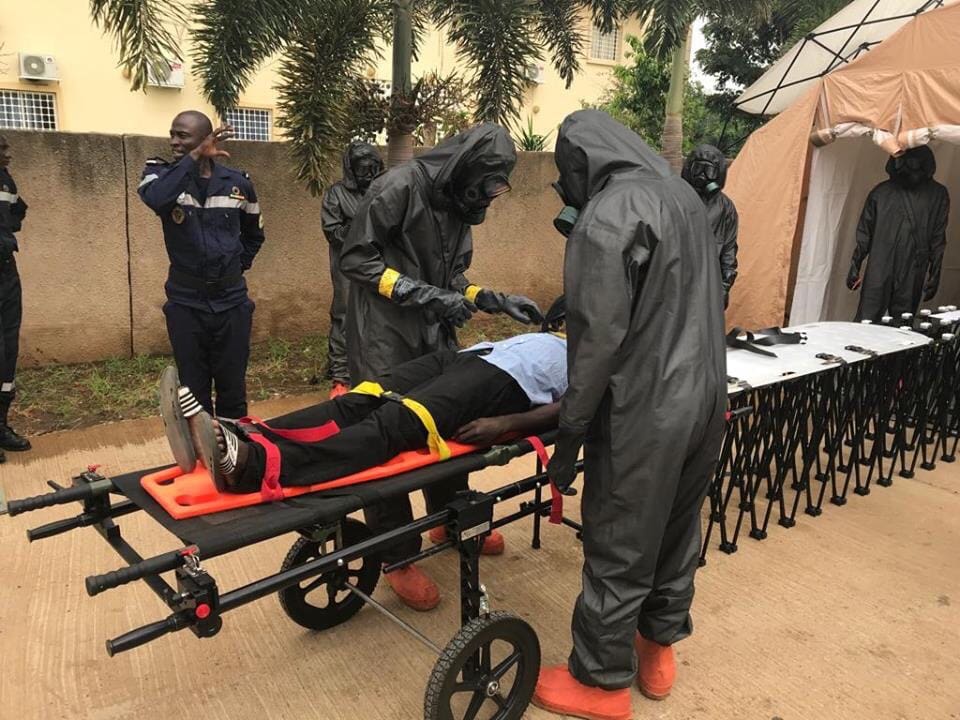
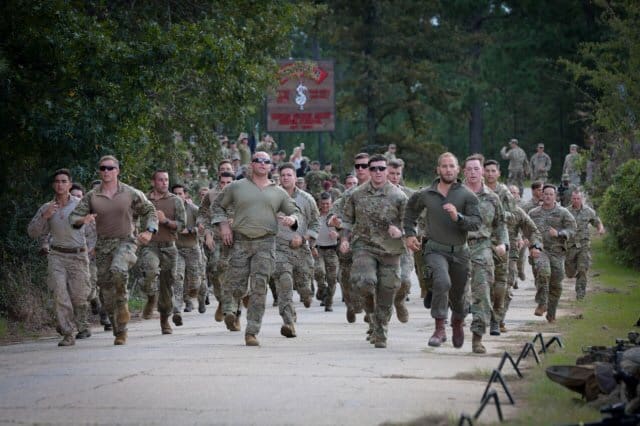
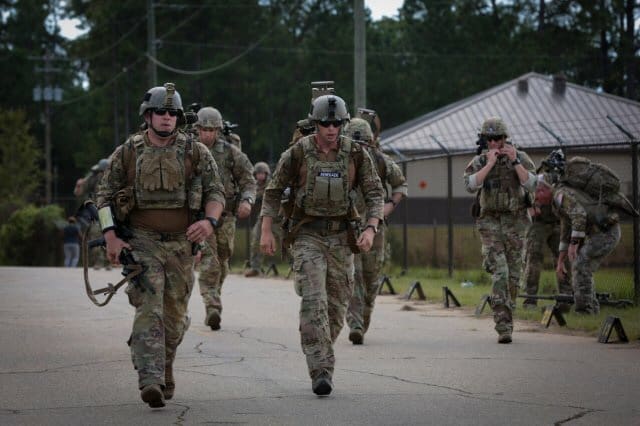
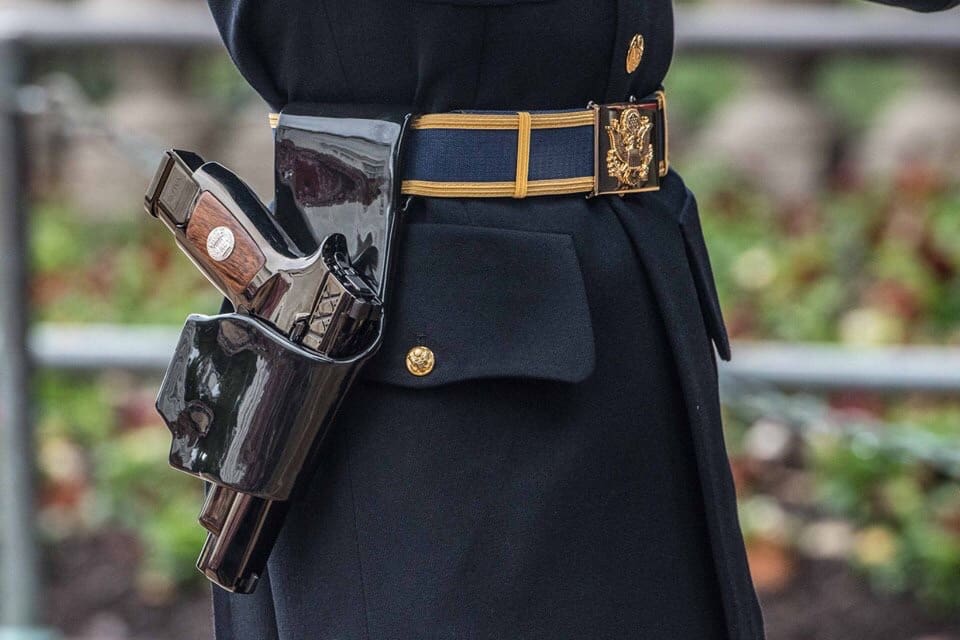
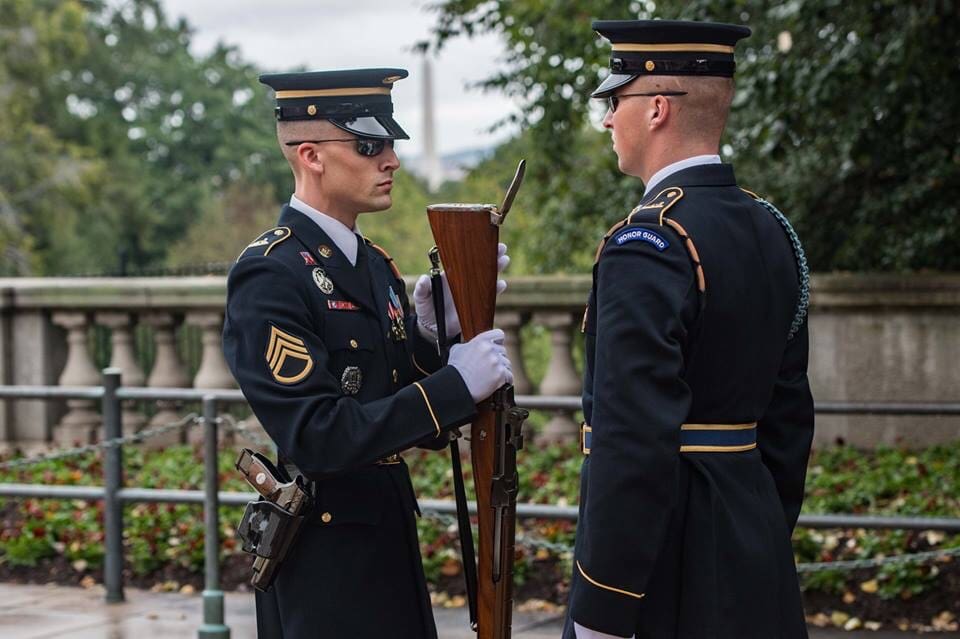
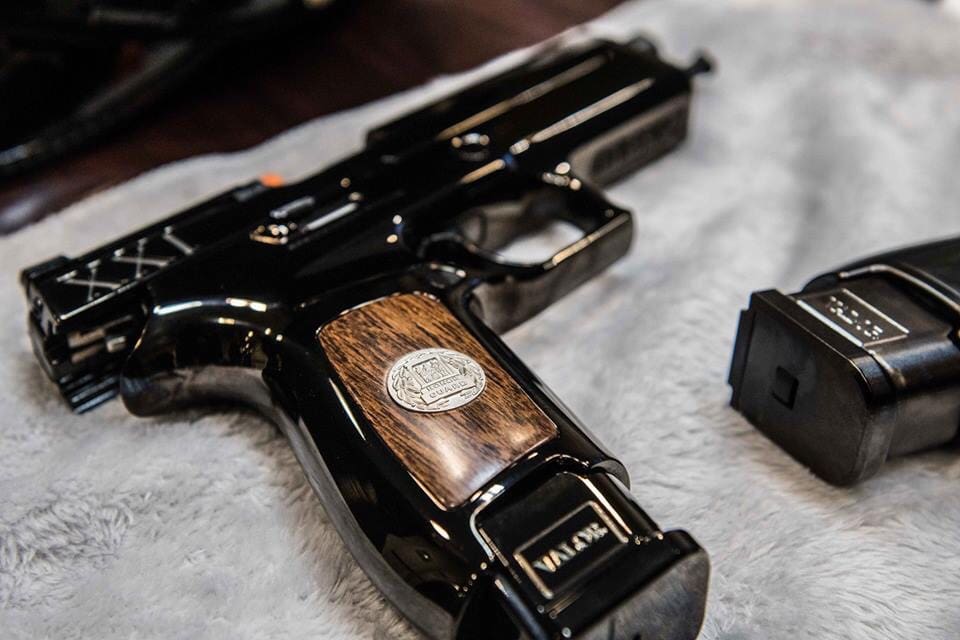
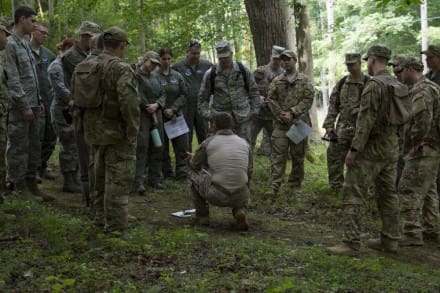
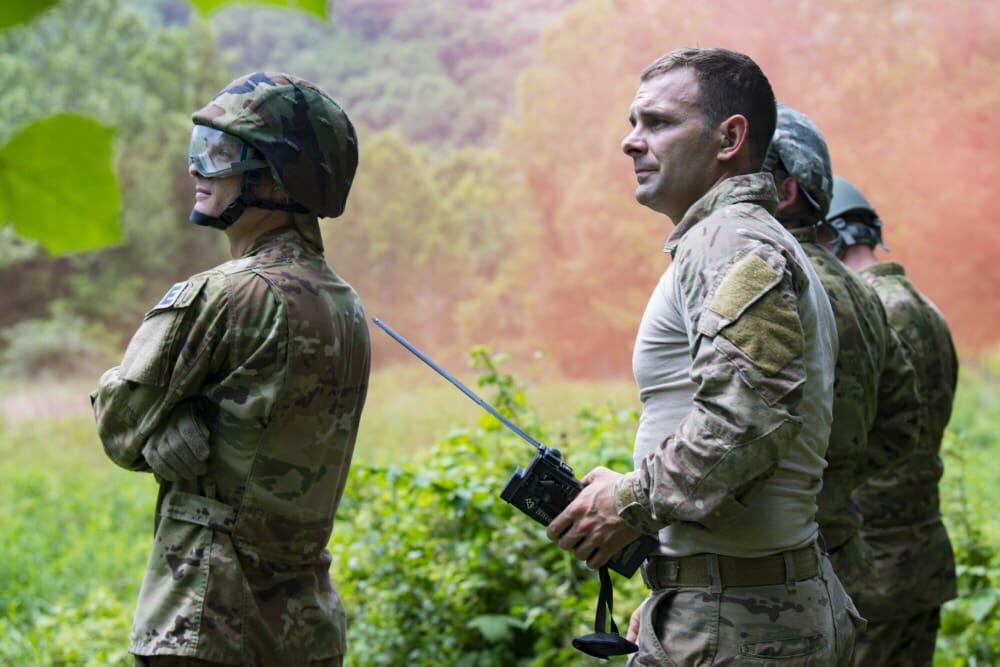
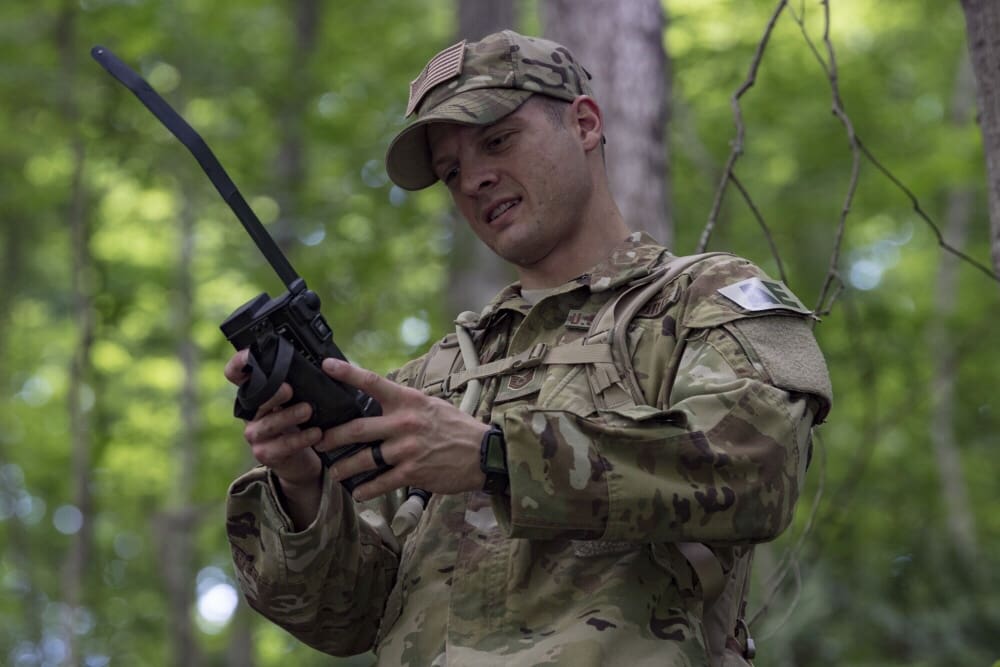
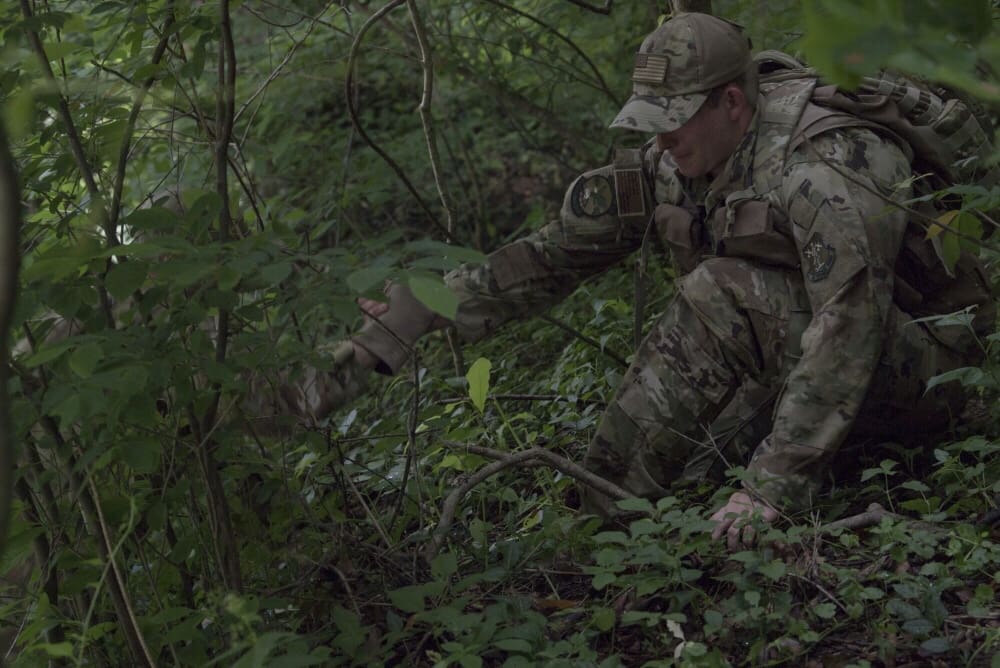
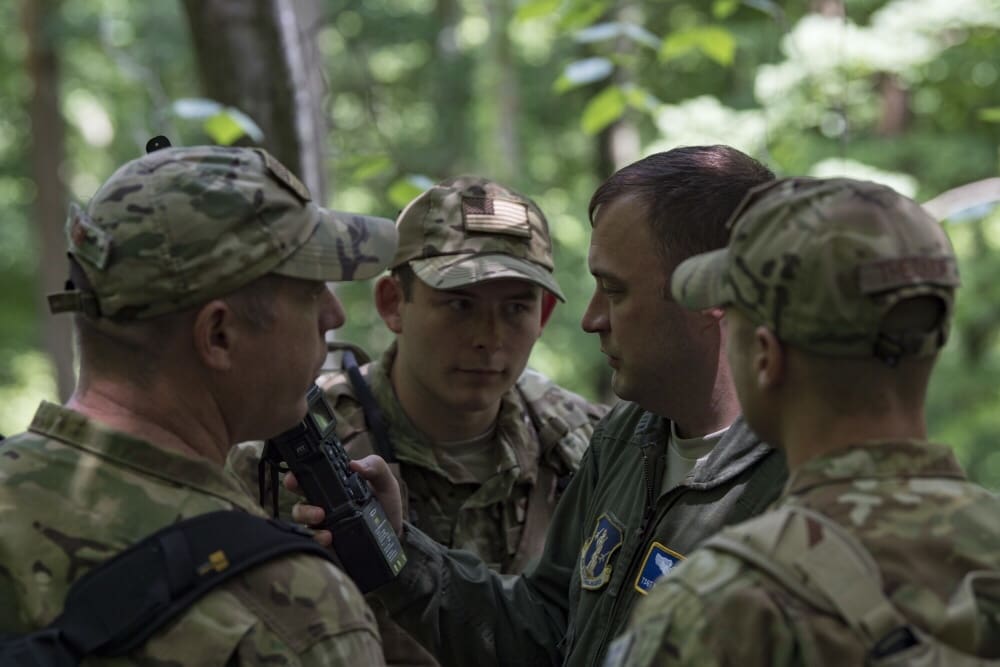
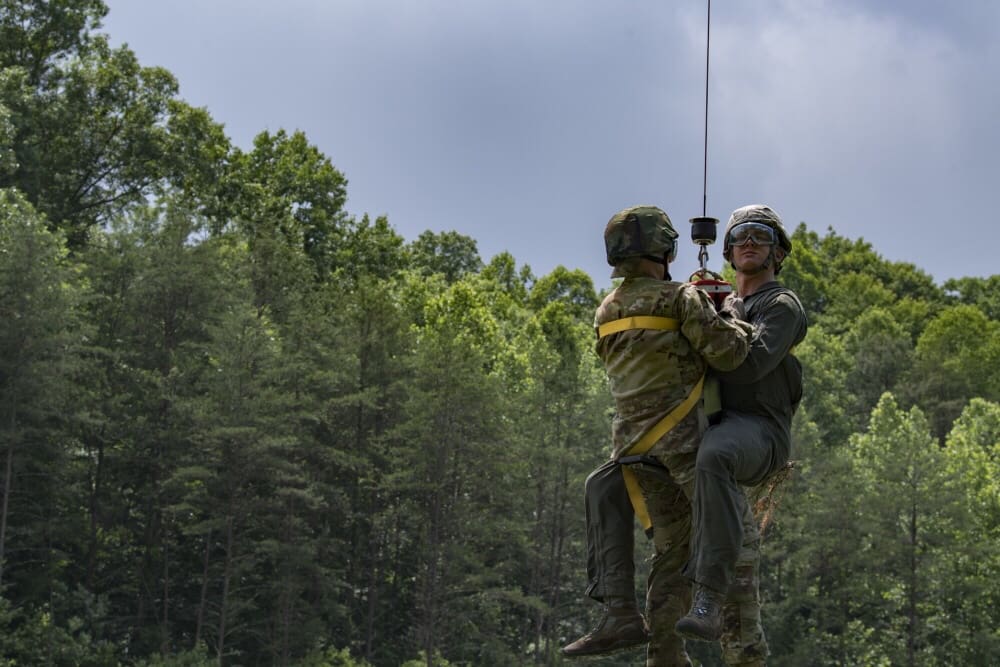
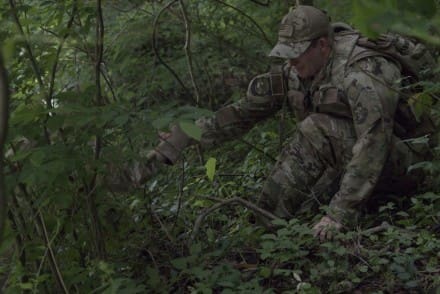
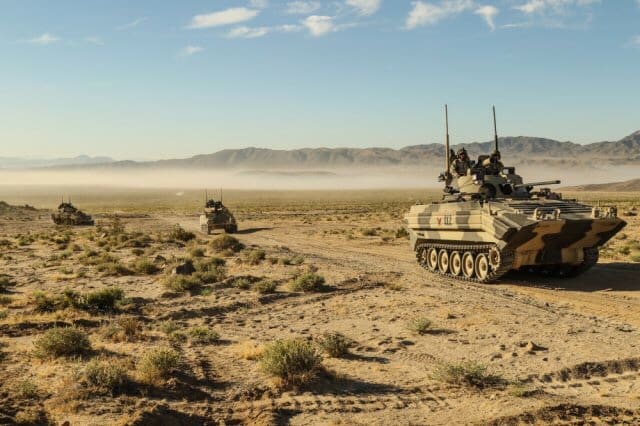
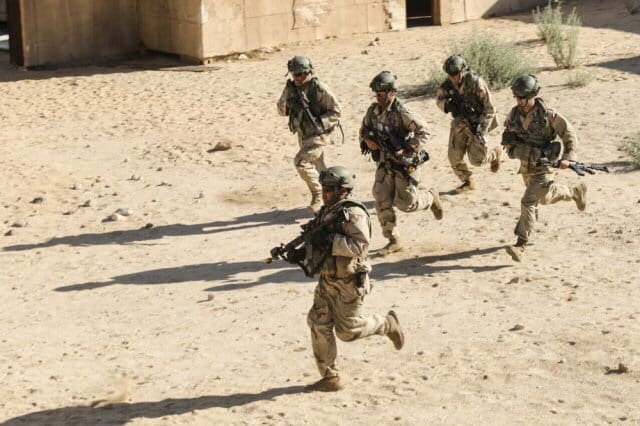
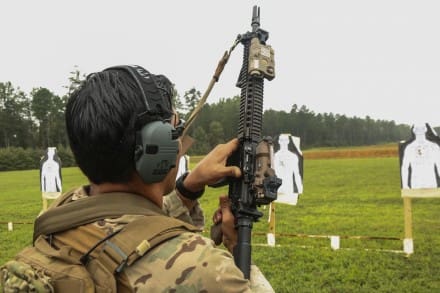
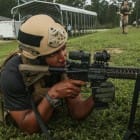
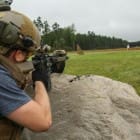
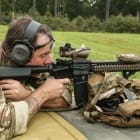
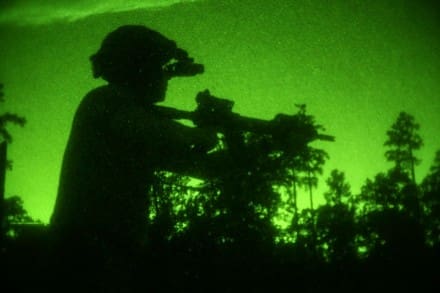
 Here’s a a sneak peek at what Adaptiv.X has coming in the near future; functional women’s athletic carry apparel. Designed and developed by Navy SEAL’s (they might know a thing or two about defense). It incorporates their patented IWS technology allowing you to carry whatever self defense tools you could ever need, including their custom designed holsters.
Here’s a a sneak peek at what Adaptiv.X has coming in the near future; functional women’s athletic carry apparel. Designed and developed by Navy SEAL’s (they might know a thing or two about defense). It incorporates their patented IWS technology allowing you to carry whatever self defense tools you could ever need, including their custom designed holsters.













































































































